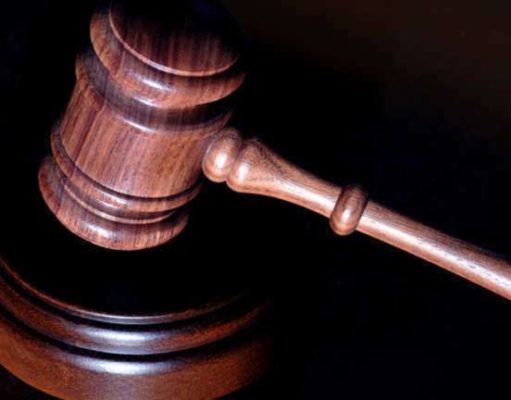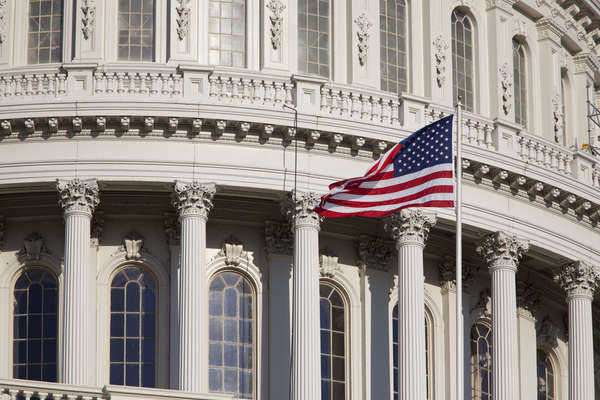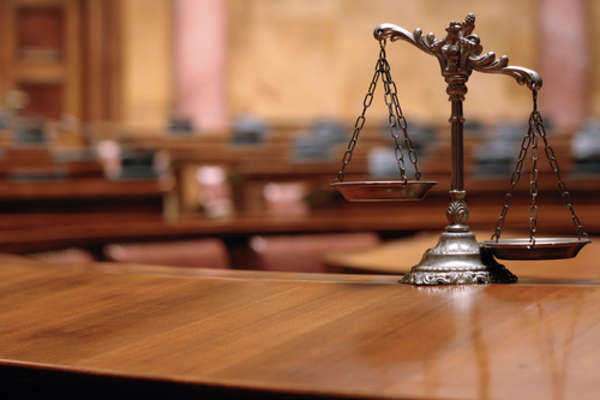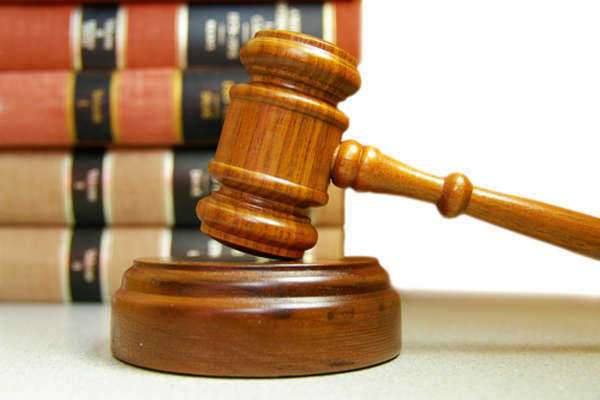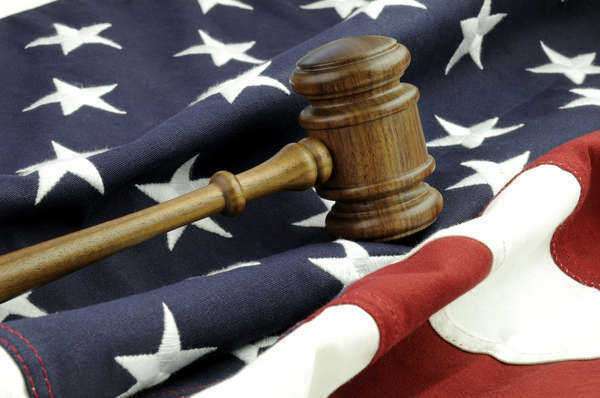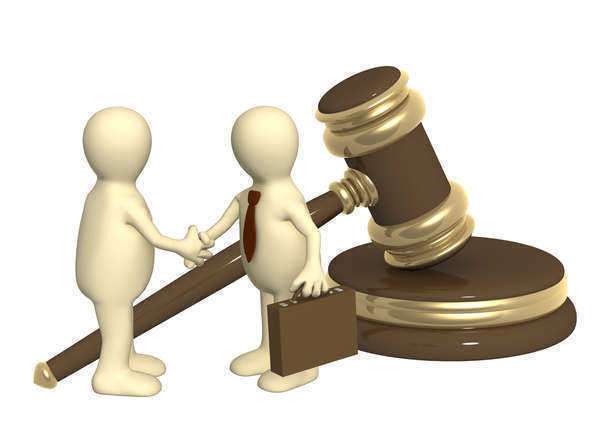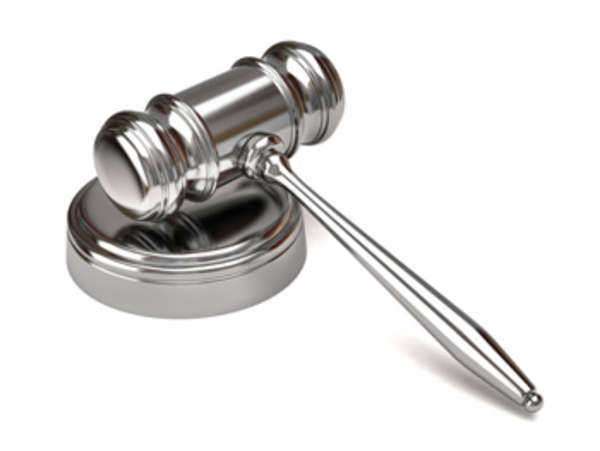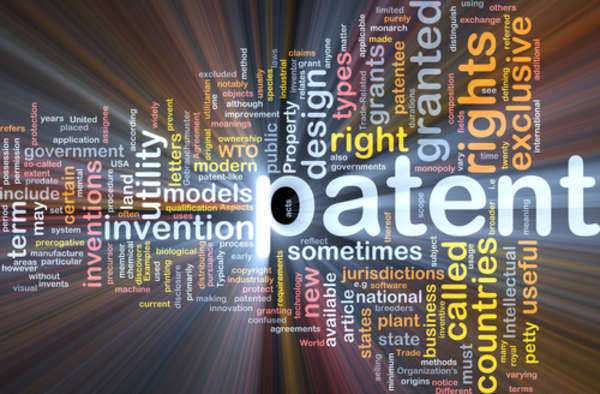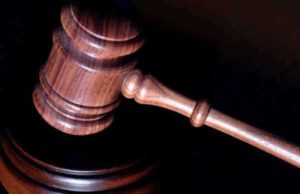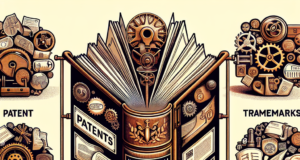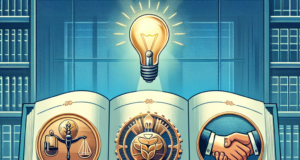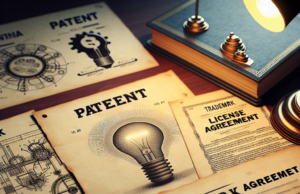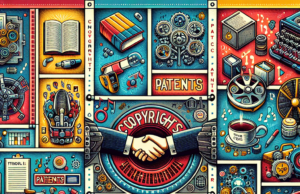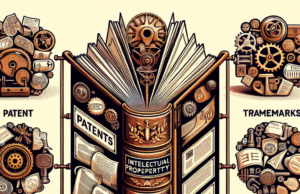Unveiling the Crisis: The Alarming Rise of Content Protection Issues

In an era where digital content is ubiquitous, the protection of intellectual property has become a pressing issue for creators, consumers, and legal entities alike. The alarming rise in content protection issues has sparked a debate about the efficacy of current measures and the need for innovative solutions. As the digital landscape continues to evolve, understanding the complexities surrounding content protection is essential for safeguarding the rights of creators while ensuring that consumers can access the content they desire.
Understanding Content Protection: A Growing Concern in the Digital Age
Content protection refers to the legal and technological measures employed to safeguard intellectual property from unauthorized use, reproduction, or distribution. In the digital age, where information can be easily shared and replicated, the challenges associated with content protection have intensified. The proliferation of streaming services, social media platforms, and user-generated content has created an environment where copyright infringement is rampant. As a result, creators are increasingly concerned about the unauthorized use of their work, leading to significant financial losses and a diminished incentive to produce new content. The urgency to address these issues has never been more critical, as the digital economy relies heavily on the protection of creative works.
The Factors Contributing to the Surge in Content Protection Issues
Several factors have contributed to the surge in content protection issues in recent years. The rapid advancement of technology has made it easier for individuals to access and share content, often without proper authorization. Additionally, the rise of peer-to-peer file sharing and streaming platforms has created a culture of instant gratification, where consumers expect immediate access to content without considering the legal implications. Furthermore, the global nature of the internet complicates enforcement efforts, as copyright laws vary significantly from one jurisdiction to another. This confluence of technological advancements and changing consumer behavior has created a perfect storm for content protection challenges, necessitating a reevaluation of existing strategies.
The Impact of Content Protection Failures on Creators and Consumers
The failures in content protection have far-reaching consequences for both creators and consumers. For creators, unauthorized use of their work can lead to substantial financial losses, undermining their ability to sustain their careers. This not only affects individual artists but also has a ripple effect on the entire creative industry, stifling innovation and reducing the diversity of content available to consumers. On the consumer side, while some may benefit from free access to pirated content, the overall quality and availability of legitimate content can suffer. Additionally, consumers may inadvertently support illegal activities, which can lead to legal repercussions. The erosion of trust in content distribution channels further complicates the relationship between creators and consumers, highlighting the need for effective content protection measures.
Legal Frameworks: Navigating the Complexities of Content Protection Laws
The legal landscape surrounding content protection is intricate and often confusing. Copyright laws vary significantly across countries, creating challenges for creators seeking to protect their work on a global scale. While international treaties, such as the Berne Convention and the Agreement on Trade-Related Aspects of Intellectual Property Rights (TRIPS), provide some level of protection, enforcement remains a significant hurdle. Additionally, the rise of digital platforms has led to calls for reform in copyright laws to better address the realities of the digital age. The complexities of navigating these legal frameworks can be daunting for creators, who may lack the resources to effectively protect their rights. As such, there is a pressing need for clearer guidelines and more robust enforcement mechanisms to ensure that content protection laws keep pace with technological advancements.
Technological Solutions: Innovations to Combat Content Protection Challenges
In response to the growing content protection issues, various technological solutions have emerged to help safeguard intellectual property. Digital Rights Management (DRM) systems, watermarking, and blockchain technology are among the innovations being utilized to protect content from unauthorized use. DRM systems restrict access to content based on licensing agreements, while watermarking embeds identifying information within the content itself, making it easier to trace unauthorized copies. Blockchain technology offers a decentralized approach to content protection, allowing creators to establish ownership and track the distribution of their work in real-time. While these technologies present promising solutions, they are not without their challenges, including user resistance and the potential for overreach. Nonetheless, the continued development and implementation of these technologies are crucial for addressing content protection challenges in the digital landscape.
Future Outlook: Strategies for Addressing Content Protection Issues Effectively
Looking ahead, a multifaceted approach will be essential for effectively addressing content protection issues. Collaboration between creators, technology companies, and legal entities will be vital in developing comprehensive strategies that balance the rights of creators with consumer access. Education and awareness campaigns can help inform consumers about the importance of respecting intellectual property rights, fostering a culture of appreciation for original content. Additionally, ongoing dialogue among stakeholders can lead to the development of more adaptive legal frameworks that reflect the realities of the digital age. By embracing innovation and collaboration, the industry can work towards a more sustainable model for content protection that benefits all parties involved.
The rise of content protection issues in the digital age presents significant challenges for creators, consumers, and legal systems alike. As technology continues to evolve, so too must the strategies employed to safeguard intellectual property. By understanding the complexities of content protection and embracing innovative solutions, stakeholders can work together to create a more equitable and sustainable digital landscape. The future of content protection hinges on collaboration, education, and a commitment to respecting the rights of creators while ensuring that consumers can access the content they cherish.


